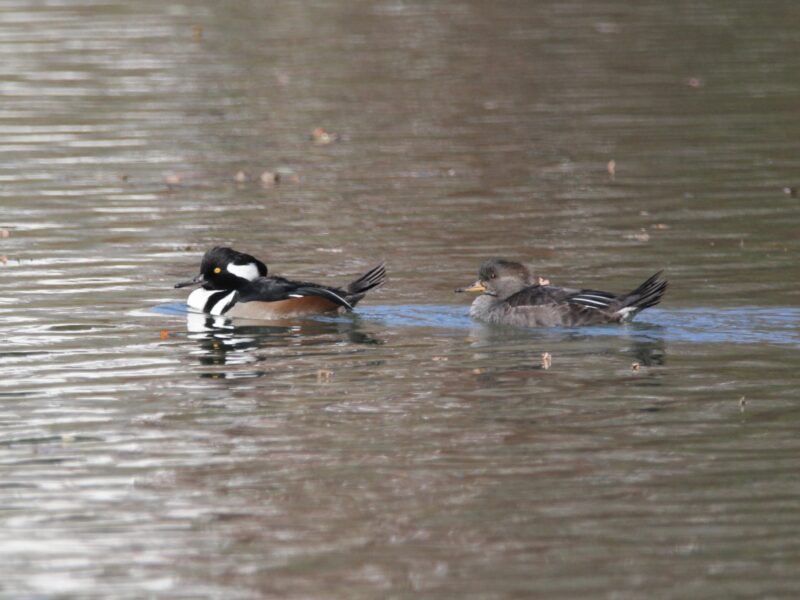
The annual Montauk Bird Count was conducted on December 17. It was one of the best on record.
The first-ever end-of-the-year Montauk count took place in 1920, 19 years after the first of these Christmas bird counts in New York City. While the first Montauk count had only a handful of observers at most, this one in December had 45 participants covering five different territories.
In all, 131 species were counted. The count territories in the 15-mile radius included Gardiners Island, Napeague and Accabonac Harbor. Brent Bomkamp was a compiler.
Our largest North American bird, the trumpeter swan, showed up along the north edge of Fort Pond for the first time on any eastern Long Island count. Hopefully, this bird will recover from near extinction and visit our area more frequently.
A painted bunting at the Fort Hill Cemetery was counted for only the fourth time, while a clapper rail found in Accabonac Harbor became a count bird for the third time.
Gardiners Island came through with a very-rare-to-Long Island harlequin duck, one most often seen close in off Montauk Point. Other rarities included a barn owl and short-eared owl, but no snowy owl.
The razorbill, one of the auks, came in at 2,549, a count record for sure. Are these diving sea birds taking over for the diving scoter species, which have been way down in numbers, lately?
Switching to the Quogue-to-Water Mill territory, Steve Biasetti was at the helm on December 18. Twenty-six participants covered five territories, counting 17,423 birds belonging to 111 species. Two new species, osprey and cackling goose, were added to the count’s history.
Red-throated loons (234) were 6.1 times more observed than common loons. Sixty-five wild turkeys and 55 ring-necked pheasants were observed, but not a single bobwhite quail or ruffed grouse was seen. Of course, the herring gull, which “has nothing to do but sail around heaven all day,” was the most numerous gull, at 1,047.
As for swans, 132 mute swans, from stock introduced from Europe in the 1880s, were observed — but not a single native one.
There were 2,856 Canada geese tallied. The most competitive ducks, scaup, tallied 2,780, a thousand more than the ruddy duck, a competitor.
Interestingly, house finch and house sparrow, two interlopers, are not the most common members of the sparrow group, each with less than a hundred observed — native sparrows are far out in front. Native white-throated sparrows, dark-eyed juncos and song sparrows were far more commonly observed, with white throats, juncos and songs numbering 325, 236 and 175, respectively.
Finally, and in the absence of the Orient Count, the Central Suffolk Count is up. There were 43 observers participating, covering 18 sites. It was another good year for observing birds: 120 species, compared to 123 last year. Twenty-two bald eagles (with some duplicates, no doubt) were counted. There were 125 wild turkeys reported.
The Central Suffolk Count included large field areas, so it is not hard to believe that 71 horned larks showed up. Nine common ravens, two more than in the Quogue-to-Water Mill count, were tallied. During the predawn owl searching time, three saw-whets, 14 screech and three great horns were heard. While seven common ravens were seen on the Quogue-to-Water Mill count, nine showed up on this count.
While the Quogue count produced a single fish crow, the species that drives our downtowns crazy with its antics these days during the warm season, this count had none. Apparently, they’ve all gone south.
Much thanks go to Eileen Schwinn.